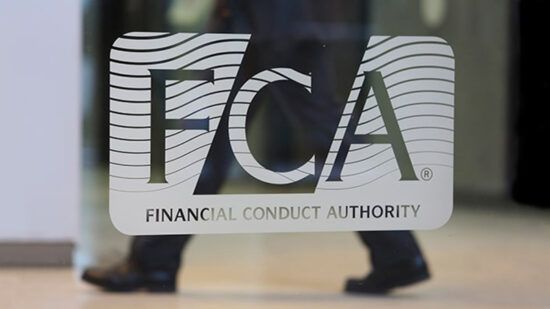The green, social and sustainability (GSS) bond market reached its highest point in three years in 2024, with issuances hitting $966bn, according to the latest quarterly GSS report from MainStreet Partners (MSP).
2024 was a big year for the asset class as green bond issuance had its second most active year since market inception and the most active Q1 on record, accounting for 58% of issuance during the year – reaching $561bn. Social bond issuances saw the biggest increase in 2024, hitting $251bn (2023: $159bn), while sustainability bond issuance suffered the biggest drop to $152bn (2023: $203bn).
The results mark an 8% increase on 2023 issuances and means that overall, total cumulative GSS bond issuance has exceeded the $5.5trn mark.
Approximately 60% of total issuance volumes came from European issuers, and 56% from EUR-denominated bonds, showing the market remains European-centric. Asia, amid rapid regulatory advances, keeps a notable presence in the social and sustainability bond market, while transition bonds also saw something of a revival, displaying a significant growth in activity in 2024 led by Japanese issuers.
The report also navigates the effect of the European Securities and Markets Authority’s Paris Aligned Benchmark (PAB) and Climate Transition Benchmark (CTB) look-through approaches, where the compliance analysis is more focused on the Use of Proceeds rather than on the issuer itself. By analysing the projects financed by each of the 5,000 bonds in its database, MSP found that this new regulation is highly relevant for Article 9 fund managers, who should start reshaping their portfolios in advance to avoid rapid adjustments concerning GSS bonds and to retain their themed-fund names.
Pietro Sette, research director at MSP, said: “2024 has shown outstanding resilience of the GSS bond market. The continued leadership of European issuers underlines the importance of a strong regulatory environment for the growth and improvement of the market.
“Despite the positive regulatory trend to date, the look-through approach under the new Paris Aligned Benchmark and Climate Transition Benchmark guidelines pose more than a question mark for fund managers who previously had an ‘issuer-focused’ approach. The next few weeks will prompt some rethinking for investors and will further spur more engagement with issuers.”
2025 outlook
The report also offered some predictions for 2025. For example, MSP expects GSS bond issuance to exceed $1trn. However, the growth “may have a slightly different look to previous years”, it said. Although green bonds remain the most active label in the market, MSP expects moderate growth for the label.
In terms of regional distribution, MSP expects Europe to remain the largest regional market in the world. GSS bonds are already well established and understood products in the European bond market, and support from policymakers will further facilitate the market’s growth. However, there are signs of maturity in the market and MSP does not expect GSS bond supply to grow significantly in Europe.
2025 also marks the ‘birth’ of the EU Green Bond Standard (EU GBS) market, with the EU aiming to further strengthen investors’ trust in the green-bond market with a new voluntary standard that requires enhanced reporting and verification.
Bonds issued under the EU GBS are required to allocate at least 85% of their proceeds toward EU Taxonomy-aligned sustainable activities. Despite this, MSP does not foresee strong adoption in 2025, although it expects to see the impact on volumes to be clearer moving forward.








